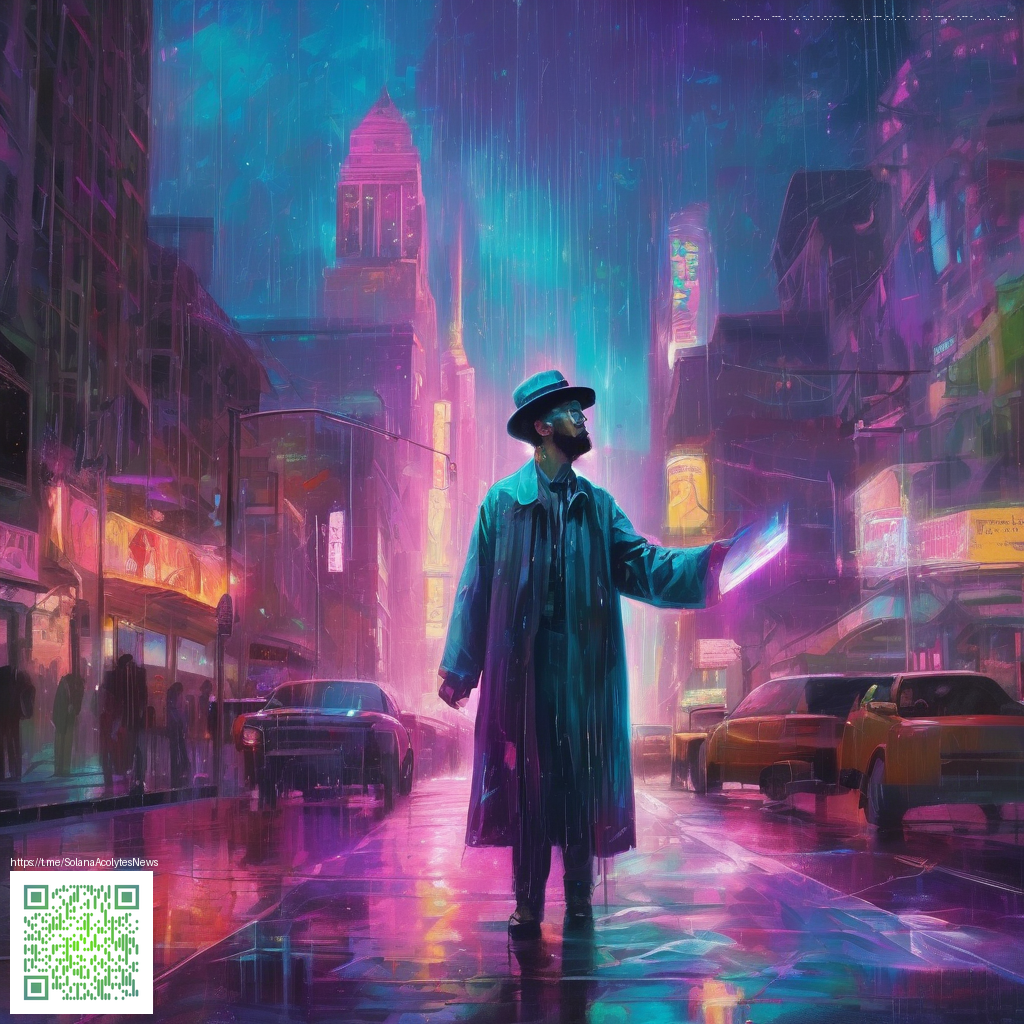
Digital Paper as a Design Backbone on Modern Film Sets
Digital paper has evolved from a sci‑fi dream into a practical, on‑set staple for production design teams. At its core, digital paper is less about replicating old scrolls and more about unlocking rapid iteration, seamless collaboration, and tighter alignment between concept and craft. On a busy film floor, designers juggle multiple boards—set pieces, color scripts, lighting diagrams, and prop lists. Digital paper consolidates these elements into a single, dynamic surface where you can annotate, reorganize, and share changes in real time. The result is fewer miscommunications, faster approvals, and a design language that travels with your crew from rehearsal to principal photography.
From Mood Boards to On‑Set Revisions
One of the standout benefits of digital paper is its ability to morph from a static mood board into a living, on‑set revision tool. As concepts evolve—colors shift, textures are swapped, or a prop needs repositioning—the ability to push updates to the whole team is invaluable. Designers can embed references from reference images, fabric swatches, and lighting diagrams into a single page, then layer notes for directors, cinematographers, and art department heads. This fluidity isn't just convenient; it's a strategic advantage when timelines compress or a location reveals an unexpected character callout that requires quick design adaptation.
“On set, the fastest path from idea to approved design is a shared surface that anyone can modify without breaking the flow.”
Practical Workflows That Save Time and Elevate Quality
In practice, digital paper shines when paired with thoughtful workflows. Consider the following approaches that teams frequently adopt for film production design:
- Live annotation: Designers mark up layouts during scouting, capturing feedback in the moment rather than after the fact.
- Version control: Each revision is saved with a clear timestamp and contributor, preserving a transparent history for critical decision points.
- Cross‑department synchronization: Shared boards become the single source of truth for art, wardrobe, props, and set construction, reducing misinterpretations across departments.
- Remote review: Producers and directors can review boards asynchronously, ensuring alignment even when schedules are tight or travel is involved.
While the core concept is digital, the hardware side matters as much as the software. A compact, stable device stand makes a surprising difference when you’re moving between locations, syncing notes, and presenting ideas to crew members who rely on tangible cues. For on‑set practicality, you might explore accessories that keep a phone or tablet secure without hogging precious counter space. This is where adaptable gear—such as a reliable grip stand—can quietly improve your day-to-day workflow.
Choosing the Right Tools for Your Set
Selecting the right digital paper setup is less about chasing the latest gadget and more about finding a balance between portability, durability, and ease of use. On crowded sets, you’ll appreciate a system that responds quickly to touch, supports layered notes, and integrates with your existing design software. If you’re curious about a compact accessorie that helps keep a device steady during quick design iterations, you can explore practical options on the product page linked below. It’s a thoughtful reminder that the most elegant tools are often the ones that disappear into the workflow, enabling you to focus on creative decisions rather than hardware constraints.
As you experiment with digital paper in your production design process, you’ll notice how it streamlines approvals, accelerates look development, and creates a shared language across departments. If you’re exploring concrete gear to complement your setup, the following resource can offer inspiration and practical ideas for keeping your devices secure and accessible on set: Phone Click-On Grip Back of Phone Stand Holder.
Maximizing On‑Set Efficiency
- Keep boards open and editable during scouting to capture early feedback from department heads.
- Use clear color codes and icon markers to distinguish between environment, prop, and wardrobe needs.
- Synchronize digital notes with printed boards for quick reference among crew members who prefer physical copies.
Inspiration for Future Sets
Digital paper opens the door to more collaborative design rituals—short, iterative sessions where directors and designers experiment with potential courtly rooms, backstage corridors, or alien landscapes on the fly. The ability to layer elements, adjust lighting relationships, and annotate texture tests in one place helps maintain a cohesive visual language as a project evolves. It’s not merely about saving trees; it’s about saving time and elevating the fidelity of your film’s world.